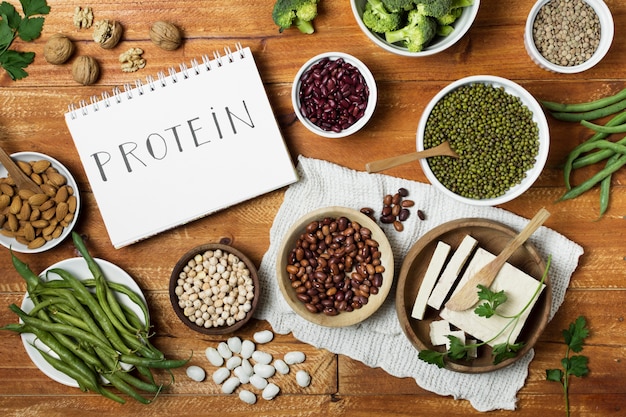When it comes to improving mobility, supporting joint health, and enhancing endurance, protein is a key player. But not all proteins are created equal. With plant-based diets on the rise and whey protein remaining a fitness staple, many are asking: which type of protein truly supports long-term mobility and cardiovascular performance?
In this comprehensive guide, we’ll compare plant protein and whey protein in the context of mobility, endurance, and overall cardiovascular health. You’ll get science-backed insights, weekly intake targets, practical tips, and safety reminders to help you make an informed choice.
Protein is essential for muscle repair, connective tissue maintenance, and energy production during prolonged physical activity. For cardio and endurance athletes—such as runners, cyclists, and swimmers—adequate protein helps prevent muscle breakdown, supports recovery, and maintains joint integrity, all of which contribute to better mobility over time.
Both plant and whey proteins can meet these needs, but they differ in amino acid profiles, digestion, and long-term health impact.

Whey protein, derived from milk, is a complete protein containing all nine essential amino acids, including high levels of leucine—a key trigger for muscle protein synthesis. Its rapid absorption makes it ideal for post-workout recovery, especially after endurance training.
Studies suggest whey can enhance muscle strength and reduce exercise-induced muscle damage, supporting faster recovery and improved joint stability over time—critical for maintaining mobility.
Plant proteins—often made from pea, rice, hemp, or soy—have gained popularity for their digestibility, ethical sourcing, and lower environmental impact. While individual plant sources may lack one or more essential amino acids, most commercial blends are formulated to be complete.
Pea protein, for example, is rich in arginine, which supports blood flow and cardiovascular health—important for endurance. Soy protein is a complete protein with isoflavones that may support joint health and reduce inflammation.

For short-term performance and rapid recovery, whey protein has a slight edge due to its fast absorption and high leucine content. However, for long-term joint health, cardiovascular function, and sustained mobility—especially as we age—plant protein may offer greater benefits thanks to its anti-inflammatory and heart-healthy properties.
A 2023 review found that both types support muscle growth when consumed as part of a balanced diet and training regimen. The key is consistency and total daily protein intake, not just the source.
To support mobility and endurance, aim for:
Example: A 70kg (154 lb) runner should consume 98–126g of protein daily.
Spread intake across 3–4 meals to maximize muscle protein synthesis.
Both plant and whey protein can support mobility and endurance when used appropriately. Whey excels in rapid recovery, while plant protein offers long-term health and sustainability benefits. The best choice depends on your dietary needs, digestive tolerance, and fitness goals.
For optimal results, consider rotating both or choosing based on your workout schedule and health priorities.

Fitness

Fitness

Fitness

Fitness

Fitness

Wellness

Fitness

Fitness

Wellness

Fitness

Health

Fitness

Health

Fitness

Health

Health